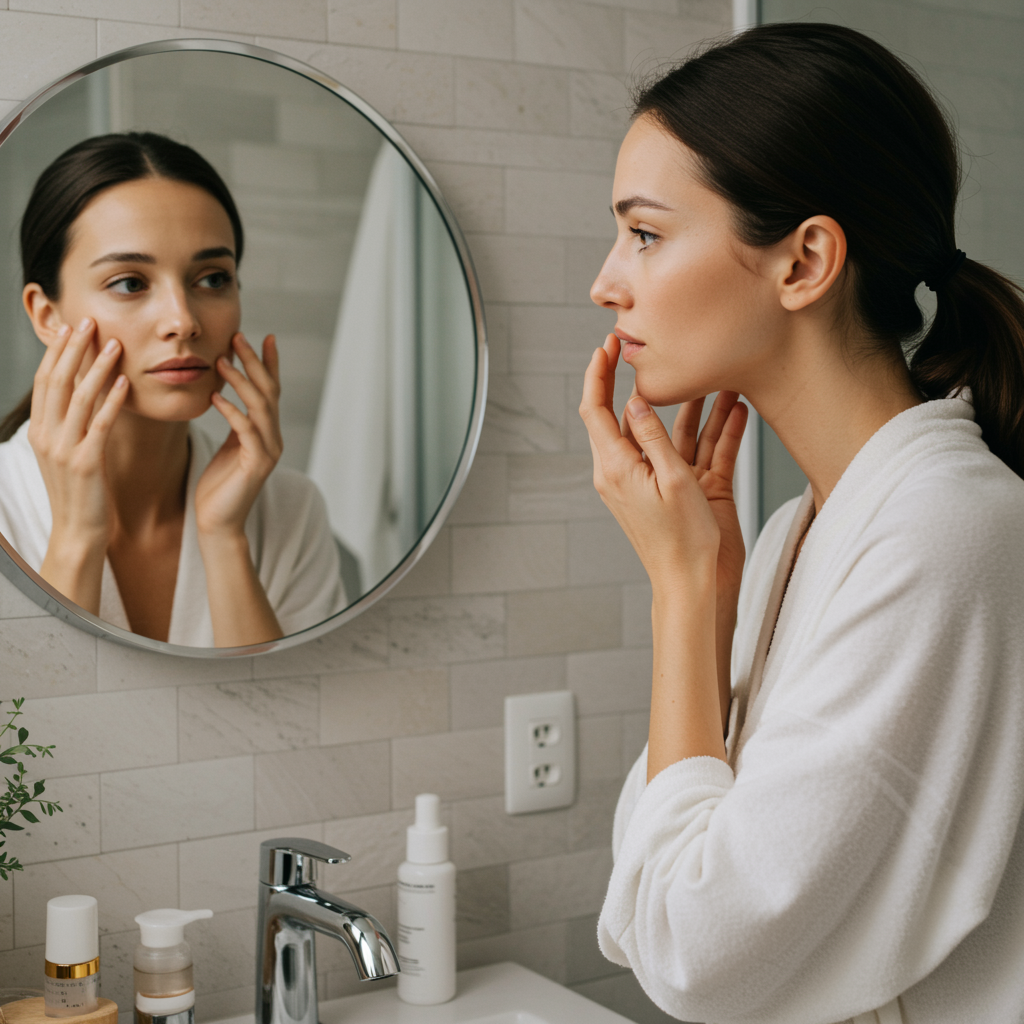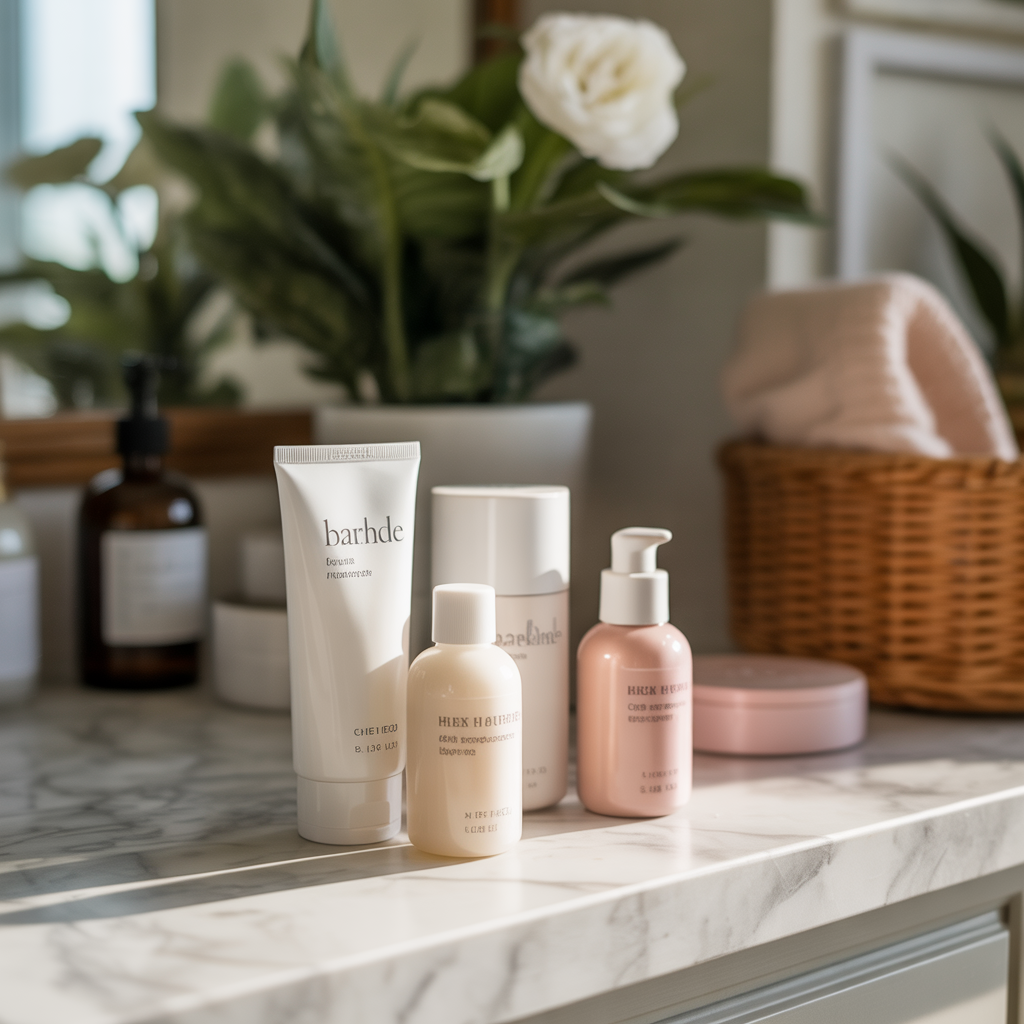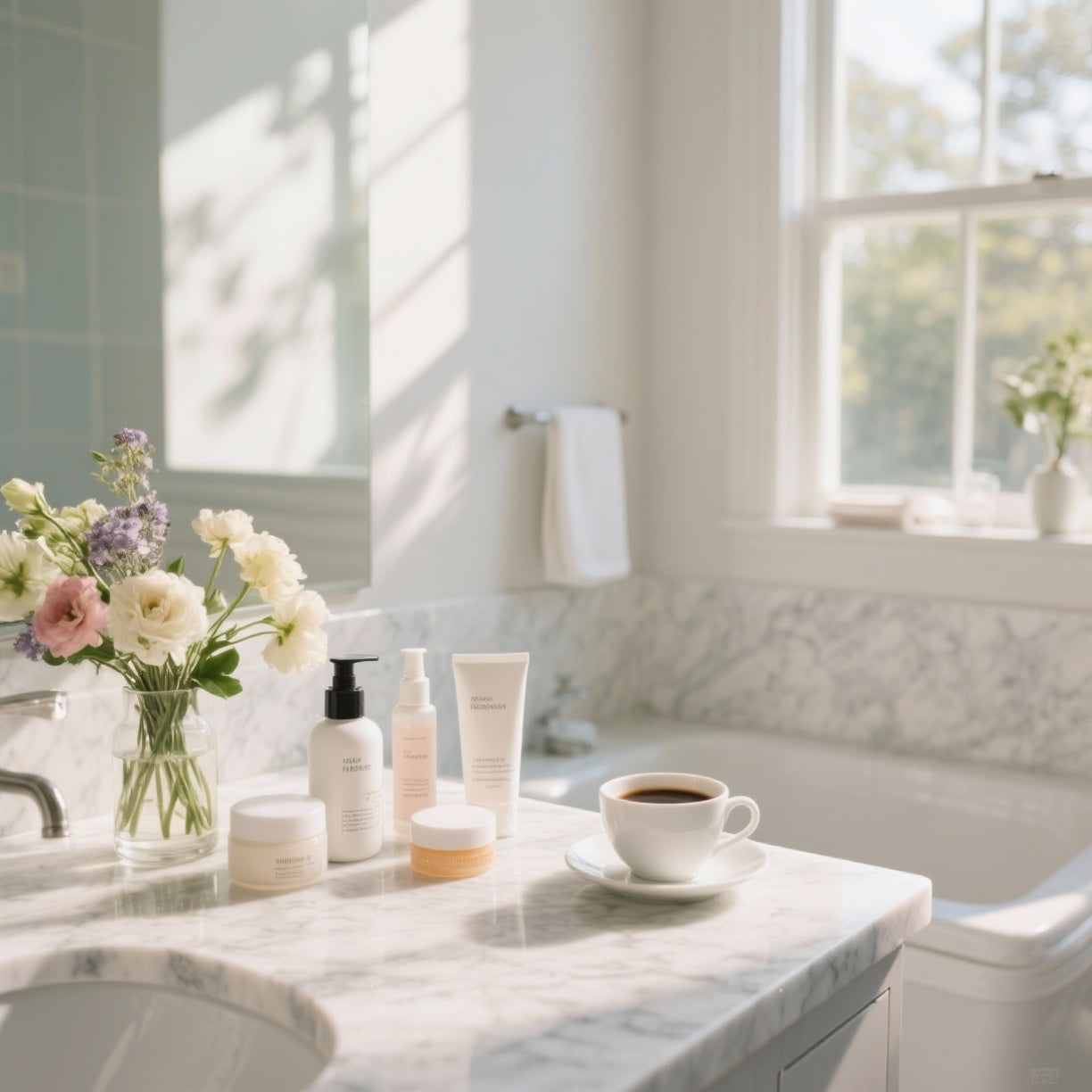Introduction:
You've just started that highly anticipated new serum. Your skin looks promising for the first week, then suddenly—breakouts everywhere. Your first instinct? Throw the product away and swear it doesn't work. But wait. What if your skin isn't breaking out—what if it's purging? Understanding this crucial difference can mean the distinction between abandoning a product that could transform your skin and persisting through a temporary phase to reach genuine results.
What Is Skin Purging?
Skin purging is a temporary skin reaction that occurs when you introduce products that accelerate cell turnover. Think of it as your skin's spring cleaning—bringing underlying congestion to the surface faster than it would naturally emerge. While frustrating, purging is actually a sign that your product is working.
The Science: Your skin naturally turns over every 28-40 days (longer as you age). Certain active ingredients speed this up to 14-21 days. Microcomedones (tiny clogs) that would have eventually become pimples over weeks or months surface rapidly within days. It's not new acne—it's old congestion being accelerated to the surface and out of your skin.
What Causes Purging?
Not every product causes purging. Only ingredients that increase cellular turnover trigger this response:
Purging Culprits:
- Retinoids (retinol, tretinoin, adapalene, bakuchiol)
- AHAs (glycolic, lactic, mandelic acids)
- BHAs (salicylic acid)
- Vitamin C (in some formulations)
- Benzoyl Peroxide
- Chemical Exfoliants
- Professional Treatments (chemical peels, microdermabrasion)
What Doesn't Cause Purging:
- Cleansers
- Moisturizers
- Sunscreen
- Hydrating serums (hyaluronic acid, niacinamide)
- Face oils
If you're breaking out from a moisturizer or cleanser, it's not purging—it's irritation or clogged pores.
Purging vs. Breakouts: The Tell-Tale Signs
Purging Characteristics:
Location: Appears in areas where you typically break out. Your usual problem zones are where purging occurs.
Timing: Starts within 1-2 weeks of introducing the new product.
Type: Small whiteheads, pustules, and comedones. Not cystic or in new locations.
Duration: Lasts 4-6 weeks maximum. Skin improves progressively after initial flare.
Cycle: Comes and goes in waves as layers of congestion surface.
Feel: Less inflamed and painful than typical breakouts. Resolves faster.
Breakout/Reaction Characteristics:
Location: Appears in areas where you've never broken out before. Forehead, hairline, jaw, or temples when you typically have clear cheeks.
Timing: Can occur immediately or after weeks of use.
Type: Cystic, painful bumps, or closed comedones in unusual places. Consistent irritation.
Duration: Persists or worsens beyond 6-8 weeks. No improvement trajectory.
Pattern: Random, spreading to new areas. Gets progressively worse.
Symptoms: Accompanied by redness, itching, burning, or inflammation beyond the blemish itself.
The Purging Timeline: What to Expect
Week 1-2: Product introduction. Skin may look great initially as surface cells exfoliate, revealing fresh skin beneath.
Week 2-4: Purging peak. Increased breakouts as congestion surfaces. This is the hardest phase emotionally.
Week 4-6: Breakouts decrease in frequency and severity. Skin begins showing improvements.
Week 6-8: Clear skin emerges. Improved texture, reduced congestion, visible glow. The reward for your patience.
Week 8+: Continued improvement. Skin is clearer, smoother, and more radiant than when you started.
Important Note: If you're still experiencing new breakouts after 8 weeks, you're not purging—you're reacting to the product.
How to Survive the Purge (Because You Can)
1. Don't Pick or Pop Tempting, but picking prolongs healing and increases scarring risk. Let the blemish run its course. Use hydrocolloid patches (pimple patches) to protect and heal.
2. Simplify Your Routine During purging, your skin needs support, not more actives. Stick to:
- Gentle cleanser
- The purge-causing active
- Hydrating serum
- Gentle moisturizer
- SPF (non-negotiable)
3. Buffer the Active Mix your retinol or acid with moisturizer to reduce intensity while maintaining benefits. This slows purging but makes it more tolerable.
4. Start Slowly Use purge-inducing products 2-3 times per week initially, gradually increasing to nightly as your skin acclimates.
5. Keep Your Skin Barrier Intact Purging compromises your barrier. Support it with:
- Ceramides
- Niacinamide
- Centella Asiatica
- Gentle, fragrance-free products
6. Resist the Urge to Quit If you're within the 6-week window and seeing progress (even slight), persist. You're almost through.
7. Document with Photos Your perception can deceive you. Take weekly photos in the same lighting. You might be improving more than you think.
8. Stay Consistent Stopping and restarting the product means beginning the purge cycle again. Commit to at least 6-8 weeks unless you're experiencing irritation.
When to Stop: Red Flags
Purging is normal. But these signs indicate you should discontinue the product:
Stop If You Experience:
- Intense burning, stinging, or pain
- Widespread redness beyond blemishes
- Rash, hives, or itching
- Breakouts in completely new areas
- Worsening beyond 8 weeks
- Cystic acne if you've never had it before
- Peeling so severe your skin is raw
- Signs of allergic reaction (swelling, difficulty breathing)
Trust your instincts. Purging is uncomfortable, but it shouldn't be painful or debilitating.
Special Considerations by Skin Type
Oily/Acne-Prone Skin: Most likely to experience purging due to existing congestion. May purge longer (6-8 weeks) but will see the most dramatic results. Products like salicylic acid and retinol are worth the wait.
Dry/Sensitive Skin: Less likely to purge severely, but more prone to irritation. Start with gentler formulations (lactic acid instead of glycolic, bakuchiol instead of retinol). Buffer with moisturizer.
Combination Skin: May purge only in oily zones (T-zone). Apply purge-inducing actives only to congested areas while keeping dry areas gentle.
Mature Skin: Slower cell turnover means gentler, shorter purging period. But also requires patience—results take longer to appear.
Products That Support You Through Purging
Hydrating Serum: Hyaluronic acid to maintain moisture balance without adding congestion. ÉlanDerm Recommendation: Hydra-Plump Serum
Barrier Repair Moisturizer: Ceramides and niacinamide to strengthen and soothe. ÉlanDerm Recommendation: Moisture Surge Cream
Gentle Cleanser: pH-balanced, non-stripping formula. ÉlanDerm Recommendation: Quenching Gel Cleanser
SPF: Non-comedogenic, mineral or chemical protection. Actives increase sun sensitivity. ÉlanDerm Recommendation: Glow Guardian SPF 45
Real Talk: The Emotional Side of Purging
Let's be honest—purging is hard. You invested in a product to improve your skin, and it temporarily looks worse. You might cancel plans, avoid photos, and question everything. This is normal.
Remember:
- It's temporary
- It's working
- Your skin will be better on the other side
- Millions have been through this and come out glowing
- You're not alone
Join our community at #ÉlanDermPurgeSupport to connect with others going through the same journey. Share your progress, your struggles, and celebrate your clear-skin victory together.
Conclusion: Patience Pays Off
Skin purging is your skin's way of resetting. It's uncomfortable, yes, but it's also a necessary step toward the clear, radiant complexion you're seeking. The key is distinguishing between purging and a genuine adverse reaction, then committing to the process if your skin is truly purging.
Think of it like working out. The first week, you're sore and questioning your life choices. But you push through, and eventually, you're stronger, healthier, and grateful you didn't quit. Your skin works the same way.
If you're currently purging, take a deep breath. Check back in 4 weeks. You might just be amazed at what you see in the mirror.
Have you experienced skin purging? Share your story in the comments and help others who are navigating this challenging but rewarding phase.




